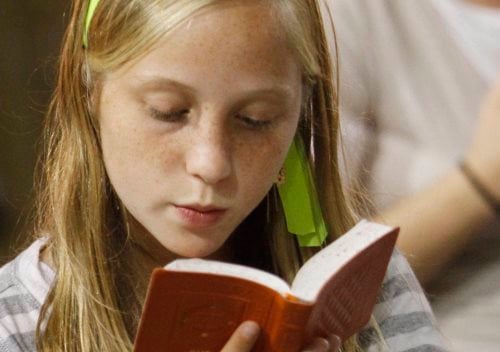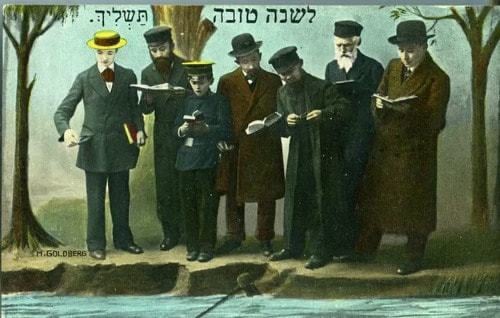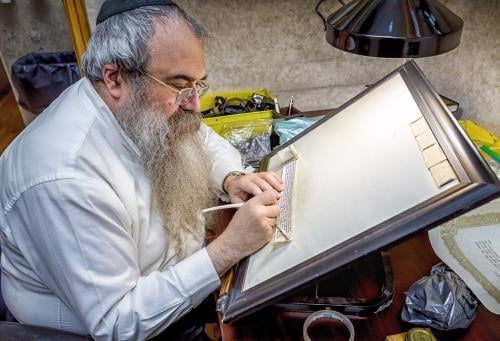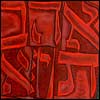1. Elul is the Final Month on the Calendar
Elul is the 12th month on the Jewish calendar (the 6th month counting from Nissan). It always has 29 days, ending on the same day of the week that it began (Sunday, Monday, Wednesday or Friday), which ensures that the holidays in the subsequent month will fall on the proper days.
2. It’s When “The King Is in the Field”

As we approach the High Holidays (Rosh Hashanah and Yom Kippur), we prepare for these holidays. In Chassidic tradition, it is said that during this month, “the King (G‑d) is in the field,” smiling and accessible to all. On the other hand, once the holidays are upon us, G‑d is, so to speak, in His palace. The experience during the holidays is that much more powerful and majestic, but now is the time when anyone can approach G‑d with requests.
Read: The King Is in the Field
3. It’s a Time for Introspection

After the Jewish people sinned with the Golden Calf, Moses spent this month (and the following 10 days until Yom Kippur) obtaining a second set of tablets, along with G‑d’s full forgiveness. This time period is therefore an especially potent time for us to come closer to G‑d. Dedicate time to cheshbon hanefesh (“soul accounting”), taking stock of your activities, thoughts and conversations of the past year. Where have you improved and where do you still need to improve? Think honestly and deeply, and you’ll have a running start when Rosh Hashanah comes around.
4. We Say Selichot This Month

Selichot (“Forgivenesses”) are special prayers said on fast days and during this season. The highlight of the Selichot is the recitation of the 13 Attributes of Mercy, the formula that G‑d gave Moses for securing divine forgiveness. Sepharadim begin at the start of the month of Elul and finish 40 days later on Yom Kippur. Ashkenazim begin saying Selichot several days before Rosh Hashanah (always on a Saturday night).
5. The Name Elul is Laden With Significance

The month is first referred to as Elul in Nehemia 6:15, where we read that the wall around Jerusalem was completed on the 25th day of the month. (Fun fact: This is also the day when the creation of the world began, ending 6 days later on 1 Tishrei.)
The four letters of Elul (אלול) are said to be an acronym for אני לדודי ודודי לי, “I am for my beloved and my beloved is for me,”1 expressing the closeness that we experience with G‑d during this time. It is also an acronym for [ואשר לא צדה והאלקים] אנה לידו ושמתי לך [מקום], “[But one who did not stalk him, but G‑d] brought it about into his hand, I will make for you [a place to which he shall flee].”2 The verse is referring to the City of Refuge, where one who had inadvertently killed could find safety, and it encapsulates the refuge that G‑d provides us all when we seek to rectify our past misdeeds.
Read: I, My Beloved, Me
6. This Month’s Sign is Virgo
Known in Hebrew as betulah, “maiden” or “virgin,” this month’s horoscope sign is emblematic of the order of the day: coming close to G‑d. During this month, we are empowered to reach deep into ourselves and tap into that which is pure and G‑dly, unsullied by the crassness of our surroundings. This is typified by the betulah, who is untainted by sin.3
7. We Hear the Shofar Every Day

You may be surprised to learn that it’s not only on Rosh Hashanah that we blow the shofar. Every day of the month of Elul (besides for Shabbat and the day before Rosh Hashanah), we blow the shofar after morning services. The soul-stirring shofar blasts inspire us to come closer to G‑d, as we read, “Shall a trumpet be blown in the city, and the people not be afraid?”
8. We Wish Each Other a Sweet Year

Words have power. When signing off letters or ending phone calls and conversations, we wish each other a “ketivah vachatimah tovah,” to be “written and sealed for good [in the Book of Life].” The 21st century iteration of this practice would probably be to set this as your email signature, your WhatsApp status and your Facebook profile.
9. We Say Psalm 27 Twice a Day

After morning and afternoon (or in some communities, evening) prayers, we recite Psalm 27, which begins with the words “To David: The L‑rd is my light and my salvation.” The Kabbalist Rabbi Binyamin Benish Cohen wrote in 1706 that one who recites this psalm in a state of holiness, purity and great concentration will have his prayers answered, and that it has the power to nullify divine decrees. We continue this practice until Hoshanah Rabbah, the final day of Sukkot.4
10. The Baal Shem Tov Instituted Three More Chapters
The Baal Shem Tov instituted the custom of reciting three additional chapters of Psalms each day, from the 1st of Elul until Yom Kippur (on Yom Kippur the remaining 36 chapters are recited, thereby completing the entire book of Psalms).
You can see today’s chapters by going to our Daily Study portal.
11. Get Your Tefillin and Mezuzahs Checked Now

Elul is a time to increase and improve our mitzvah observance. Many people have the custom to have a scribe inspect their tefillin and mezuzahs during this month to ensure their kosher status. The Rebbe wrote that this practice5 is “worthwhile and very appropriate for everyone to publicize.”
Not sure where to find a scribe? Contact your closest Chabad center.
12. This is a Month to Give Additional Charity
During this month, we give charity freely, accruing merit for ourselves and for all of humanity, who will soon stand before G‑d in judgment.
Read: 15 Facts About Tzedakah
13. The New Study Season Begins in Elul

Yeshivahs typically divide the academic year into several zemanim, “trimesters.” Lasting just until the High Holidays, Elul zeman is the shortest of the trimesters (the others last from between Sukkot to Passover and from after Passover to the summer). Yet, it is extremely significant. This is the time when a student becomes acclimated, acquires chavruta study partners and prepares for a successful year of learning and personal growth.











Join the Discussion